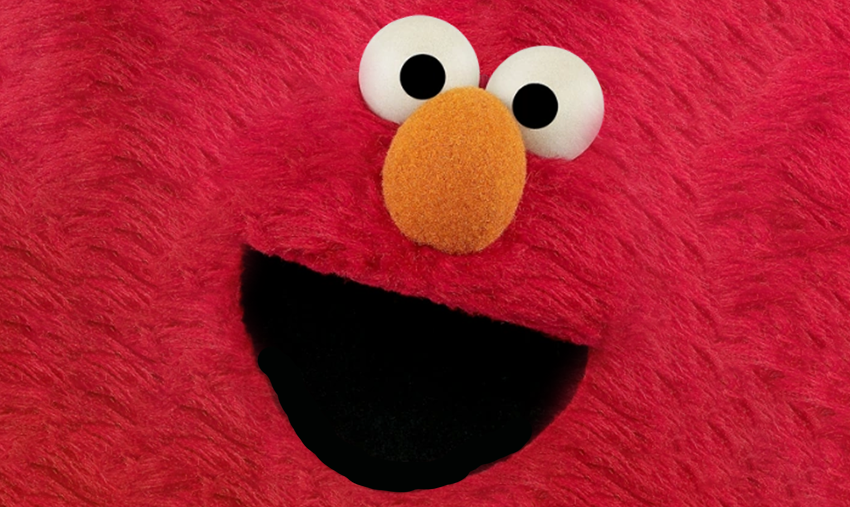Elmo: A history
From generic extra to pop-culture phenom to ad hoc therapist

You may have been one of the people who released some deep inner trauma last week when Elmo sent a (Sesame) tweet asking a simple question: “How is everybody doing?” His kind-hearted inquiry unleashed an unexpected, no-holds-barred, put-it-all-out-there flood of emotions suggesting a hidden global groundswell of stress and anxiety.
But how exactly did Elmo become the ad hoc psychologist that everybody needs right now? This eternally 3-year-old, bright-red puppet debuted as a generic monster in 1980, then grew to an incessantly cheerful pop-culture force in just a few short years – but therapy cred? We had no idea.
Let’s take a look at Elmo’s journey to puppet stardom and cult status.
Muppet Workshop supervisor Caroly Wilcox originally sketched the monster who would be Elmo in 1979, to be a nameless Sesame Street extra. He made his first appearance in Season 14, singing “We Are All Monsters” in a deep, gruff voice alongside three other monsters.
By 1984, Elmo was a regular official character living on the third floor of 123 Sesame Street, and with this change in status came some refinements to his design, and to his voice actor – several refinements, in fact. Puppeteer Brian Muehl voiced Elmo first, followed by Richard Hunt. But then came Kevin Clash, who gave Elmo his instantly recognizable falsetto voice in a 1985 episode.
In a PBS interview, Clash talked about how Sesame Street used “obsessions” to define its characters, including Elmo. “Like Telly, when he was first introduced to the show, he was obsessed with watching TV. That’s why his name was Telly. Oscar is obsessed with trash, Cookie is obsessed with cookies, the count is obsessed with counting. And Elmo is a little 3.5-year-old who is obsessed with life and learning, through games and asking questions.”
Clash went on to voice Elmo for nearly 28 years, throughout Elmo’s rise to fame for kids of all ages, and/or infamy for their oversaturated parents (starting, we suppose, with the Tickle Me Elmo crisis of 1996). In 2012, Clash resigned amid sexual misconduct allegations (he was later cleared, and still works for the Jim Henson Company, most recently on the Fraggle Rock revival). He was replaced by puppeteer Ryan Dillon, who has been spreading friendship, joy, and a love of learning as Elmo ever since.
Elmo was and still is a juggernaut for Sesame Street, touching upon every marketing touchpoint possible—a bright red color (red is also the first primary color a baby can see), the constant use of the third person, (makes it easier to remember his name), and that high-pitched voice that’s a perfect attention-grabber. He always delivers a positive, sweet-as-candy takeaway from every interaction with his audience. He’s so popular that he has gotten multiple recurring segments – they’ve produced nearly 150 mini-episodes of “Elmo’s World” since its 1998 debut, and “Elmo the Musical” got two Emmy nominations.
Pop culture characters come and go, but Elmo has some wild kind of staying power. Ask anyone of any generation still alive—Boomers, Millennials, and GenZs—they are almost certain to recognize Elmo, and in some cases, feel like they know Elmo. And why wouldn’t they? He represents a non-judgmental, eternally positive way for people to be their best, kind, curious, and life-loving selves. No wonder everyone was so quick to dump their troubles on him. In fact, has anyone checked up on him?
While we run off to find some tissues, here are some of our favorite Elmo moments:
1991: Elmo talks himself out of a gift by calling Robin Williams “Mr. Robins.”
1993: Elmo joins Maya Angelou to sing “My Name.”
2004: In a clip that went viral in 2022, Elmo loses it over Zoe’s pet rock bogarting a cookie.
2011: Elmo bans Jimmy Fallon from Sesame Street.
2014: Elmo takes the lead in the show’s most righteous jam: Letter of the Day.
